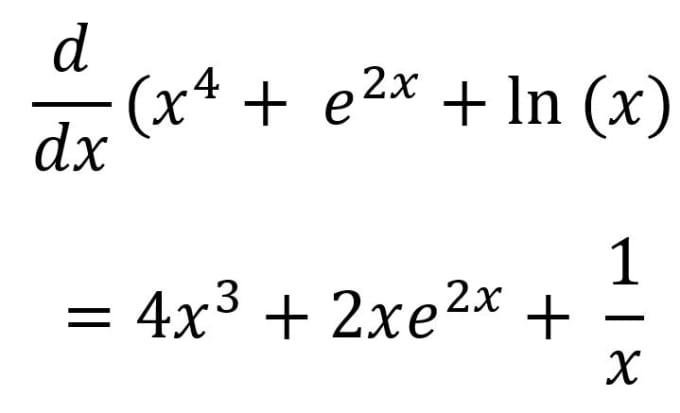

Auditing and Assurance Concepts and Applications (Darell Joe O.Science Explorer Physical Science (Michael J.Activity 1 Solving the Earth’s Puzzle ELS Module 12.cblm-participate-in-workplace-communication English-for-academic-and-professional-purposes-quarter-2-module-2 compress.The Child and Adolescent Learners and Learning Principles.Difference between Moral and Non-Moral Standards.The story of Gio, Latif, and Laksa: globalization in contemporary world.Philipppine Literature under Spanish Period.Q AND A Multiple Choices Profed (Professional Education).7 Penal Institutions IN THE Philippines.NCP Impaired Tissue Integrity-Episiotomy.
#Basic calculus 1 manual

#Basic calculus 1 license
Want to cite, share, or modify this book? This book uses theĬreative Commons Attribution-NonCommercial-ShareAlike License It is essential to be familiar and comfortable with these ideas before proceeding to the formal introduction of calculus in the next chapter. In short, this chapter provides the foundation for the material to come. We provide examples of equations with terms involving these functions and illustrate the algebraic techniques necessary to solve them.
#Basic calculus 1 how to
We review how to evaluate these functions, and we show the properties of their graphs. We define polynomial, rational, trigonometric, exponential, and logarithmic functions. In this chapter, we review all the functions necessary to study calculus. What do these numbers mean? In particular, how does a magnitude 9 earthquake compare with an earthquake of magnitude 8.2? Or 7.3? Later in this chapter, we show how logarithmic functions are used to compare the relative intensity of two earthquakes based on the magnitude of each earthquake (see Example 1.39).Ĭalculus is the mathematics that describes changes in functions. In April 2014, an 8.2-magnitude earthquake struck off the coast of northern Chile. A magnitude 9 earthquake shook northeastern Japan in March 2011. In January 2010, an earthquake of magnitude 7.3 hit Haiti. In the past few years, major earthquakes have occurred in several countries around the world.


 0 kommentar(er)
0 kommentar(er)
